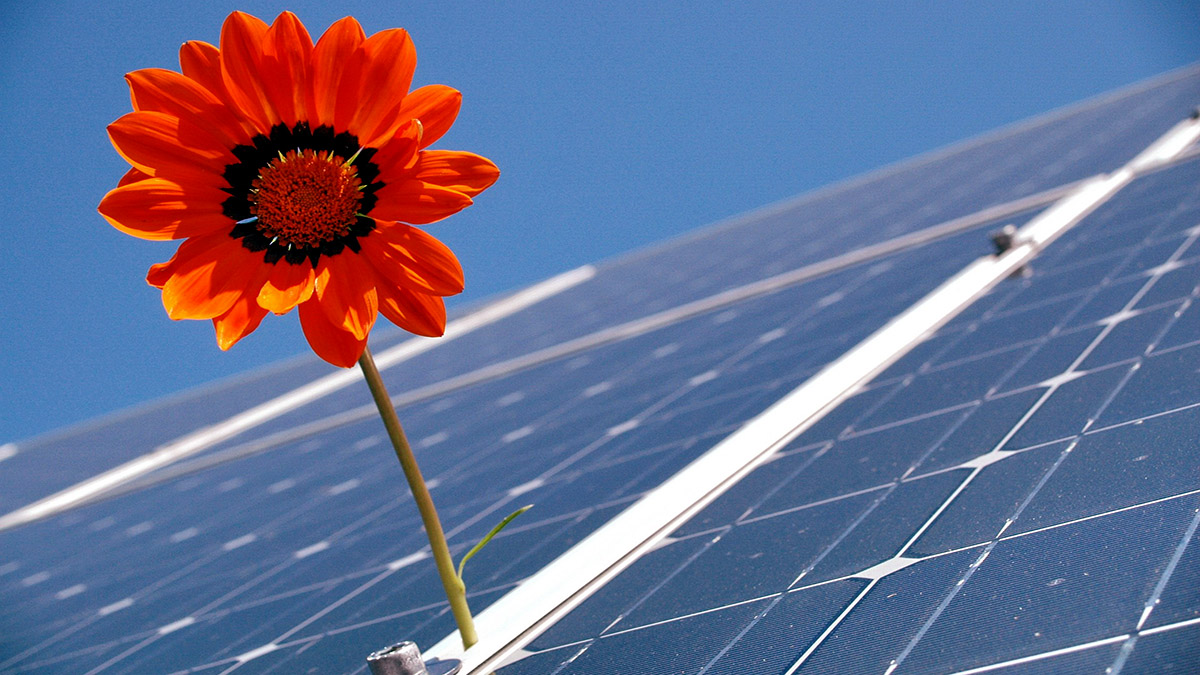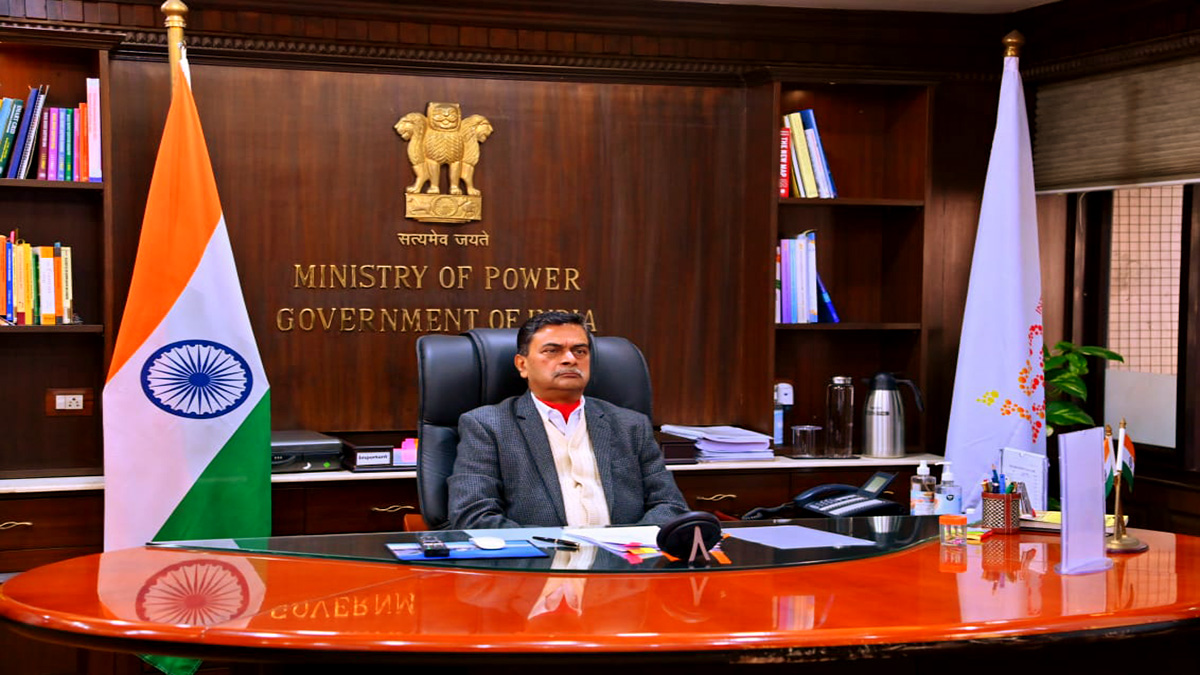Government aims to attain the vision of promoting energy transition and climate action during the Amrit kaal. While presenting the Union Budget 2022-23 in Parliament, Union Minister for Finance and Corporate Affairs, Nirmala Sitharaman, laid emphasis on the vision of promoting energy transition and climate action during the Amrit kaal and put this as one of the important priorities of the country for moving forward.
Speaking on the budget specially on the power and renewable energy sector Union Minister for Power and MNRE RK Singh said “Congratulations to Finance Minister on a forward-looking Union Budget 2022-23. Aatmanirbhar Bharat Ka Budget of 2022 has laid the blueprint for India’s Amrit Kaal, covering areas like infrastructure, digitisation, agriculture, fiscal management, technology & manufacturing. Budget2022 is a step towards innovative & sustainable development in New India to strengthen our Energy Transition journey and fight climate change.”
“The risks of climate change are the strongest negative externalities that affect India and other countries”, the Union Finance Minister said while addressing the Parliament. She re-iterated the low carbon development strategy, announced by the Prime Minister, as an important reflection of our government’s strong commitment towards sustainable development.
Gautam Mohanka, MD, Gautam Solar, said, “Appropriations in the most recent budget strongly emphasize renewable energy, energy efficiency, electric mobility, data centres, building efficiency, grid-connected energy storage and green bond assistance, which is a terrific development. Following India’s broader global commitment to fighting climate change, the 2022 budget emphasizes allowing energy transition through provisions to boost local manufacturing of solar power equipment and batteries. It’s a wonderful move as the risks of climate change are the strongest negative externalities that affect India and other countries.”
This strategy opens up huge employment opportunities and the budget proposes several near-term and long-term actions in this regard.
The Budget has proposed an additional allocation of ₹19,500 crore for Production Linked Incentive for manufacture of high efficiency modules. This will also ensure the domestic manufacturing required for achieving the ambitious goal of 280 GW of installed solar capacity by 2030.
Gyanesh Chaudhary, Vice Chairman & MD, Vikram Solar, said, “We are glad the finance minister, continued to focus on enabling India’s clean energy transition. We welcome the additional PLI allocation of INR 19,500 crore for manufacturing high-efficiency solar modules for the existing wait-listed PLI bidders. This will strengthen the domestic solar manufacturing ecosystem, thereby reduce our import dependence, create jobs, attract investments and enable the Make in India vision. Additionally, the sovereign green bonds will boost green infrastructure development which will help in meeting India’s carbon emission reduction targets. Green bonds will also enable international yield curve for Indian corporates leading to better pricing for bonds. The battery-swapping policy with interoperability standards will boost the Electric Vehicle (EV) ecosystem.
As a part of the government’s overall market borrowings in 2022-23, sovereign Green Bonds will be issued for mobilizing resources for green infrastructure. The proceeds will be deployed in public sector projects which help in reducing the carbon intensity of the economy.






